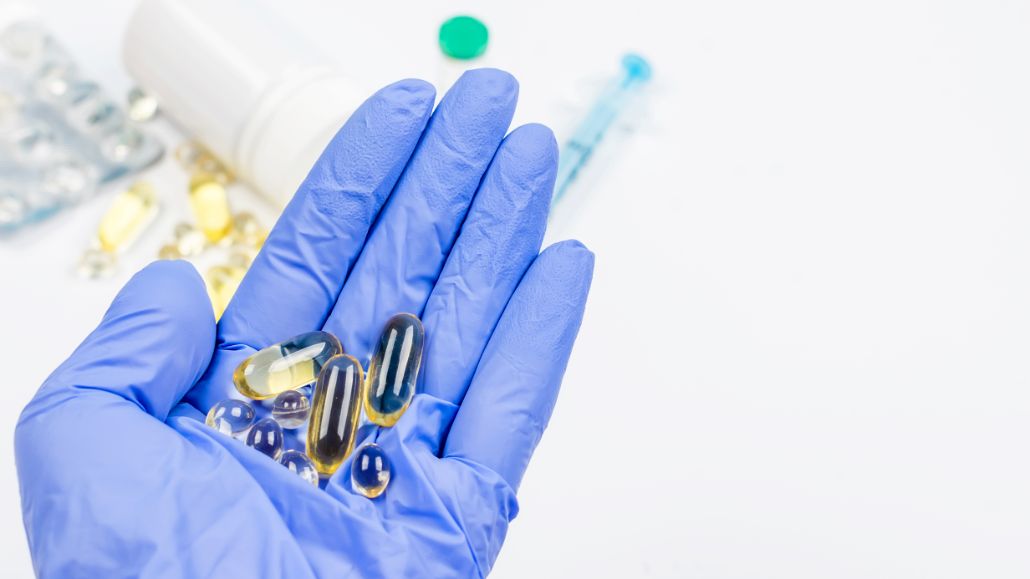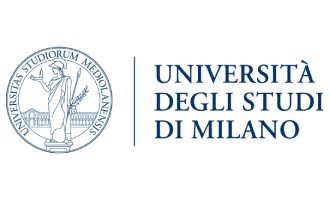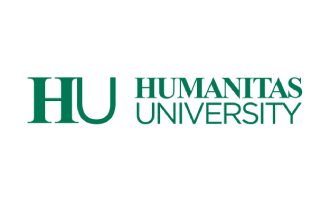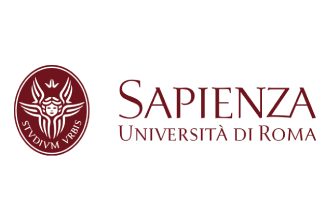Given the emerging nature of the field of nucleic acid (NA) therapeutics, our understanding of the methodologies required for studying their pharmacokinetics (PK), pharmacodynamics (PD), and toxicology remains limited. Consequently, research should focus on developing the necessary tools to evaluate the biodistribution, metabolism, and activity of NA-based drugs at both desired targets and unintended sites of action. Additionally, considering their known immunogenicity and potential for off-target effects, new pathways should be explored for appropriate immune-toxicological evaluations.
Spoke 9 orchestrates a wide array of competencies and facilities to advance science-based methods for analyzing PK, PD, and toxicology. These advancements are crucial for the clinical translation of RNA drugs in light of the current regulatory framework on medicinal products. The current process is tailored according to a case-by-case basis, which is complicated by the biological instability of RNA, its limited ability to cross biological barriers, and the availability of different categories of RNA-based therapies.
Standard analytical methods suitable for small molecules, such as Liquid Chromatography with tandem mass spectrometry (LC-MS/MS), along with methods specifically applied to RNA drugs (northern blot, real-time PCR, ELISA, fluorescent probes), offer limited information for determining absorption, distribution, metabolism, excretion, and toxicity (ADMET profiles), and their connection with Pharmacodynamics Parameters. Moreover, there is plenty of room for implementing tiered approaches for characterizing RNA and the loading of nanosystems to ensure that the next generation of medicinal products falls within regulatory standards.
The ultimate goal is to leverage the interdisciplinary and trans-sectoral expertise of Spoke 9 to establish an RNA-drug Competence Center capable of creating novel protocols tailored to RNA drugs. This will accelerate product development by ensuring qualitative parameters that are suitable for the proposal and acceptance of regulatory agencies. Consequently, companies and research centers involved in RNA-drug development can take advantage of the implementation and standardization of these novel protocols.
The ambition of Spoke 9 is to build upon its long-term expertise in Biotechnology and Pharmacology to organize the Competence Center. The center is where top academics from some of Italy’s most prestigious universities and research centers such as the University Federico II of Naples, Rome, Padua, Pavia, Humanitas, and National Research Council of Italy – CNR collaborate synergistically with national and international pharmaceutical, diagnostic companies, and contract research organizations (CRO). The goal is to become a reference point dedicated to advancing RNA therapeutics.










